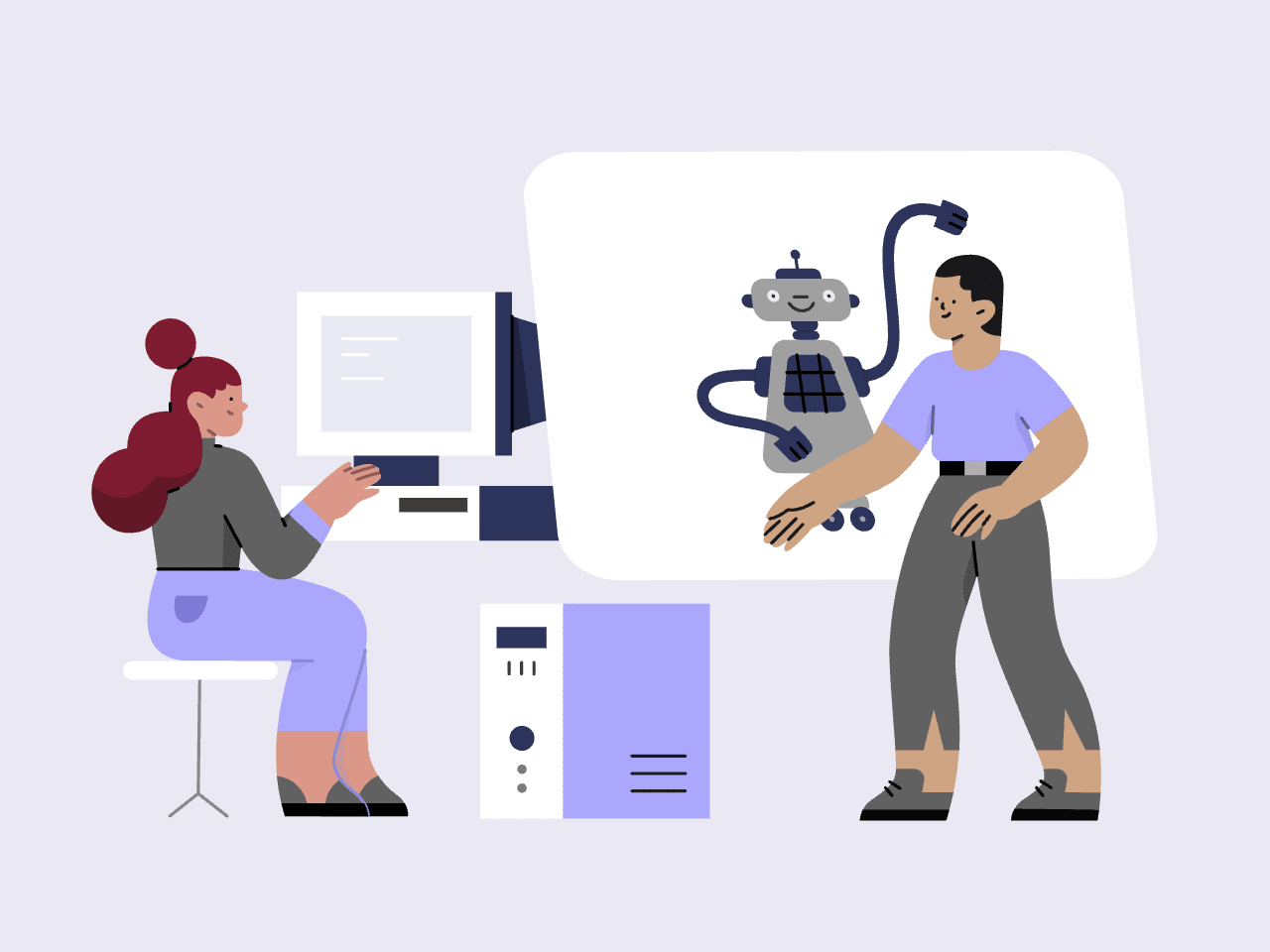Ever wonder why some of your emails go unread or get one-word replies? Chances are, you're making some common mistakes that turn people off. But don't worry, with a few simple tips you can craft emails that capture attention and get real responses.
Writing a good email is a skill, and like any skill, it takes practice. But follow these guidelines and you'll be well on your way to becoming an email pro. So sit up, lean in, and get ready to write emails that people actually want to read. Your inbox will thank you.
Why is it Important to Write Good Emails?
Email is the main form of communication for most businesses today. The way you write your emails creates an impression and reflects on you and your company. Professionally written emails with clear, concise language portray you as credible and competent.
Well-crafted emails get read and get responses. When you communicate clearly, your message is more likely to be understood correctly the first time, saving time for both the sender and the recipient. This efficiency leads to increased productivity and stronger relationships.
On the other hand, poorly written emails full of errors, typos or lack of clarity lead to confusion, misunderstandings and a poor perception of you and your business. They damage credibility and waste time. At best, unclear writing is merely annoying; at worst, it costs money and loses customers.
Constructing coherent, engaging emails is a skill that takes practice. Following some simple rules can help you compose messages that achieve the desired result. Keep your writing clear and concise, maintain an appropriate tone, choose an informative subject line, and proofread carefully.
With frequent use, excellent email writing can become second nature. Invest the time to strengthen this ability, and you'll build better connections, enhance your reputation, and improve your bottom line. The rewards of learning this crucial skill are well worth the effort.
Pro Tip: Good emails can be written effortlessly. Hypotenuse AI's Email Generator helps you craft interesting emails that get you the attention you need. Sign up for a free trial today and get writing!
Craft a Clear, Concise Subject Line
A clear, concise subject line is key to getting your email opened and read. Keep it under 50 characters so it displays fully in the inbox preview.
Focus on the main benefit or purpose
Tell the reader why they should open your email, e.g. “Proposal for the Acme Project” or “Question about our meeting next week”. Avoid vague subjects like “Update” or “Checking in”.
Lead with an action or question
Start with an active verb or ask a question to capture interest, e.g. “Review the attached contract” or “Do you have time to chat about the marketing campaign?”. This cues the reader that a response or action is needed.
Remove excess words and be specific
Keep subjects scannable and skimmable. Remove unnecessary words and be as specific as possible, e.g. use “Contract finalized” instead of “The finalized version of the contract”. Mention key details like dates, names, locations.
Check for spam trigger words
Avoid using words that might trip spam filters like “free”, “congratulations” or “winner”. Your email could end up filtered or in the spam folder.
Use consistent formatting
For a series of related emails, keep a consistent format or theme for easy scanning and quick comprehension, e.g. “Acme Project Update 1”, “Acme Project Update 2”. Your readers will appreciate the consistency.
Following these tips will make your subject lines clear, compelling and ensure more of your emails are eagerly opened and read. Give your readers a reason to engage and make that first impression count!

Keep Your Email Brief and Scannable
To keep people engaged, your emails should be brief and easy to scan. Follow these tips:
Keep paragraphs short
Aim for 2 to 3 sentences per paragraph. Short paragraphs are easier to read on mobile devices and make your email scannable.
- Avoid long walls of text. Break them up into separate thoughts.
Lead with the main message
Start with the most important information, request or call to action right at the top. Get to the point so readers immediately know why you’re emailing them. The first 1-2 sentences should summarize the key highlights or purpose of your email.
Use bulleted lists
Bulleted or numbered lists make information easy to digest at a glance. Use them for instructions, steps, questions or key points you want to highlight.
- Break down long lists into separate bulleted points.
- Leave a blank line before and after the list.
Keep your signature short
Your email signature should include only your name, title, company and contact information. Keep it to 3 short lines or less. Omit lengthy quotes, images or promotional messages which can distract from your email content.
Keeping these principles in mind will make your emails more engaging and effective. People will appreciate your brevity and the ease in which they can read and respond to your messages.
Personalize Your Greeting
The greeting is your first chance to make a good impression and set the right tone for your email. A generic “Hi” or “Hello” won’t do for important messages or people you know well. Personalize your greeting to match the relationship and convey your friendly, enthusiastic tone.

- For close colleagues or friends, use their first name: Hi [First Name]
- For important clients or executives, use a formal greeting with their full name and title: Dear [Full Name], [Title]
- If you’re not sure of the recipient’s gender or pronouns, use a neutral greeting: Dear [Name]
- For a group of recipients with different levels of familiarity, choose an all-purpose greeting: Hello everyone / Greetings all
- Make your greeting warm and inviting by mentioning the season or time of year: Happy Spring! / Hope you’re enjoying the summer! / The holidays are just around the corner!
A personalized subject line is also critical. Mention the purpose or key topic of your message so the recipient knows why you're writing before they even open the email. For example:
Subject: Checking in on the Acme Corp. proposal
Subject: Questions about the 3rd quarter budget
Subject: Wanted to say thanks for last week!
With an engaging greeting and informative subject line, you'll capture attention and set the right tone to keep people reading. A few extra seconds to personalize your message can make all the difference. Your recipients will surely appreciate your thoughtful, friendly approach.
Use Professional but Friendly Tone
When writing emails, it's important to strike a professional yet friendly tone. People receive so many emails these days, you want yours to stand out for the right reasons.
Be polite and courteous
Use please and thank you. Say “I appreciate your time” or “Thank you in advance for your help.” Little niceties go a long way in email and help you come across as courteous and considerate.
Write conversationally
Keep your email friendly and casual, as if speaking with someone in person. Use an active, engaging voice and avoid being too formal or stiff. Contractions are fine. For example, say “I’ve” instead of “I have” and “don’t” instead of “do not”.
Share a positive sentiment
Express a positive thought or share an encouraging word. For example, say something like “I hope this email finds you well” or “Wishing you a great week!". Positivity breeds more positivity.
Using a professional yet friendly tone in your emails will make you seem more relatable, likable and approachable. People will appreciate your politeness and positivity. In turn, they'll be more inclined to help you or do business with your company. A little friendliness can go a long way.
Proofread Before Hitting Send
Double check your email for any errors before sending. Read through it carefully to catch any typos, grammatical mistakes or unclear phrases. Little things like these can reflect poorly on you and damage your credibility.
Have a friend or colleague also review and provide feedback. Getting another perspective can help identify parts that could be misunderstood or need improvement. Make any necessary changes to your draft.
Look for these common issues:
- Spelling errors: Quickly scan for any squiggly red or green lines indicating possible spelling mistakes. Double check the suggested corrections are correct.
- Grammatical issues: Ensure proper punctuation, capitalization and complete sentences. Read parts aloud if needed. Things like subject-verb agreement, proper comma use and parallel sentence structure are easy to miss.
- Unclear or awkward phrasing: If something sounds off, reword it. Get your key points across as clearly and concisely as possible. Remove or rephrase anything that could be misinterpreted. You can use a rewording tool to help you with this.
- Tone: Make sure your tone and closing are appropriate for your audience and message. Double check for any language that could come across as rude, dismissive or insincere.
- Attachments: Confirm any attachments are included and the correct versions. There’s nothing more frustrating than referencing an attachment that’s missing or outdated.
- Consistency: Use the same format, fonts, and style throughout your email for a polished look. Your sign-off and contact info should also be the same in each message.
Taking a few extra minutes to review and revise your email can make a big difference in how your message is received. Proofreading is well worth the effort and will become second nature with regular practice. Your recipients will surely appreciate an email that’s clear, concise and error-free.
Write Great Emails with AI
So there you have it — some tips to transform your emails from boring to brilliant. Apply these techniques next time you write an email and see the difference. Your recipients will surely appreciate an email that engages them, provides value, and leaves them wanting more. Writing good emails may seem like a small thing, but in our hyper-connected world it can make a big difference. People will start to associate your name and messages with positivity and purpose. And that is worth investing the extra few minutes to craft an email people want to read.
P.S. Still feeling lost? Why not get AI to help you with writing? Sign up for a free Hypotenuse account and draft emails effortlessly. No credit card required!







.webp)